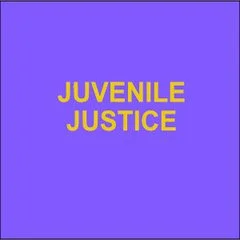Closing Youth Prisons: Lessons from Agency Administrators
By Samantha Harvell, Chloe Warnberg, Andreea Matei, and Eli Mensing
Over the past several decades, the knowledge base about how to address juvenile delinquency and improve outcomes for youth and families has grown considerably. The documented benefits of well-designed community-based programming over residential facilities have spurred a movement away from the outdated institutional-youth-prison model and toward more effective community-based solutions. States and localities are exploring how to support a new juvenile justice approach that builds continua of care and opportunity in communities disproportionately impacted by youth incarceration and prioritizes fair, equitable, and effective treatment for all youth. This is the next frontier of juvenile justice reform, and effective strategies for closing youth correctional facilities and redirecting resources to community-based solutions must be identified. Juvenile justice administrators are uniquely positioned to lead facility closure efforts as part of broader system reform


